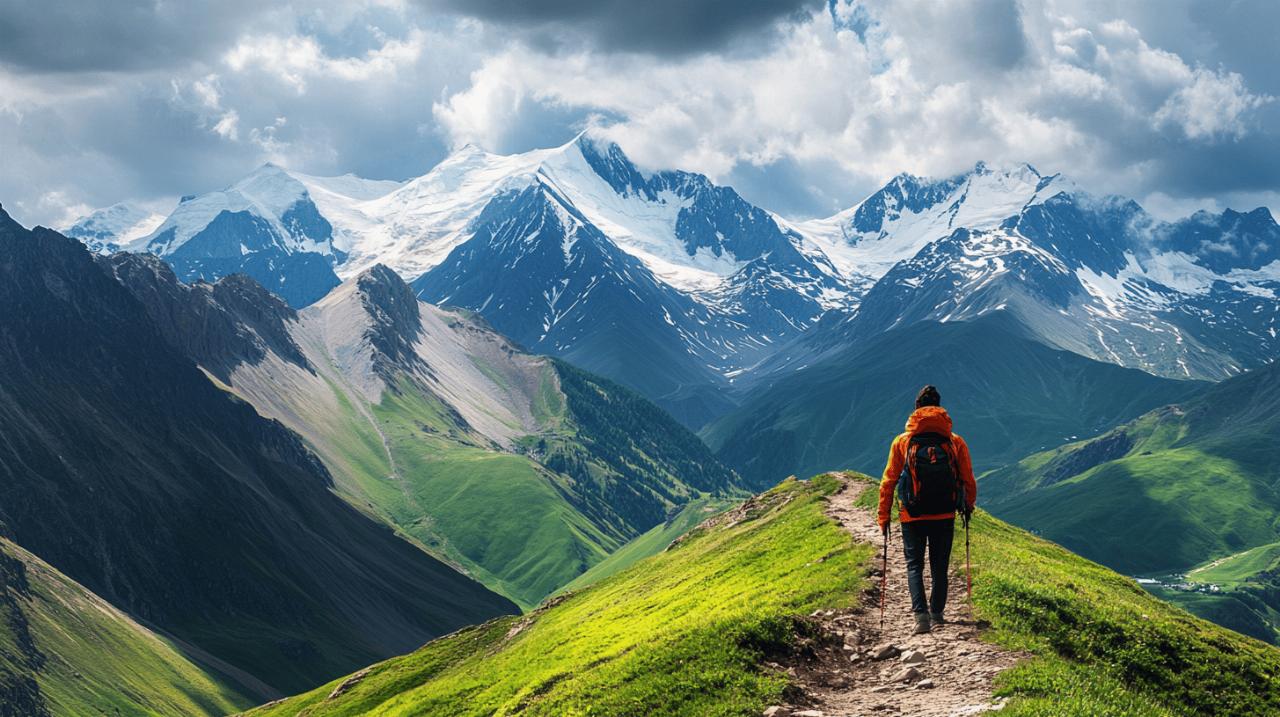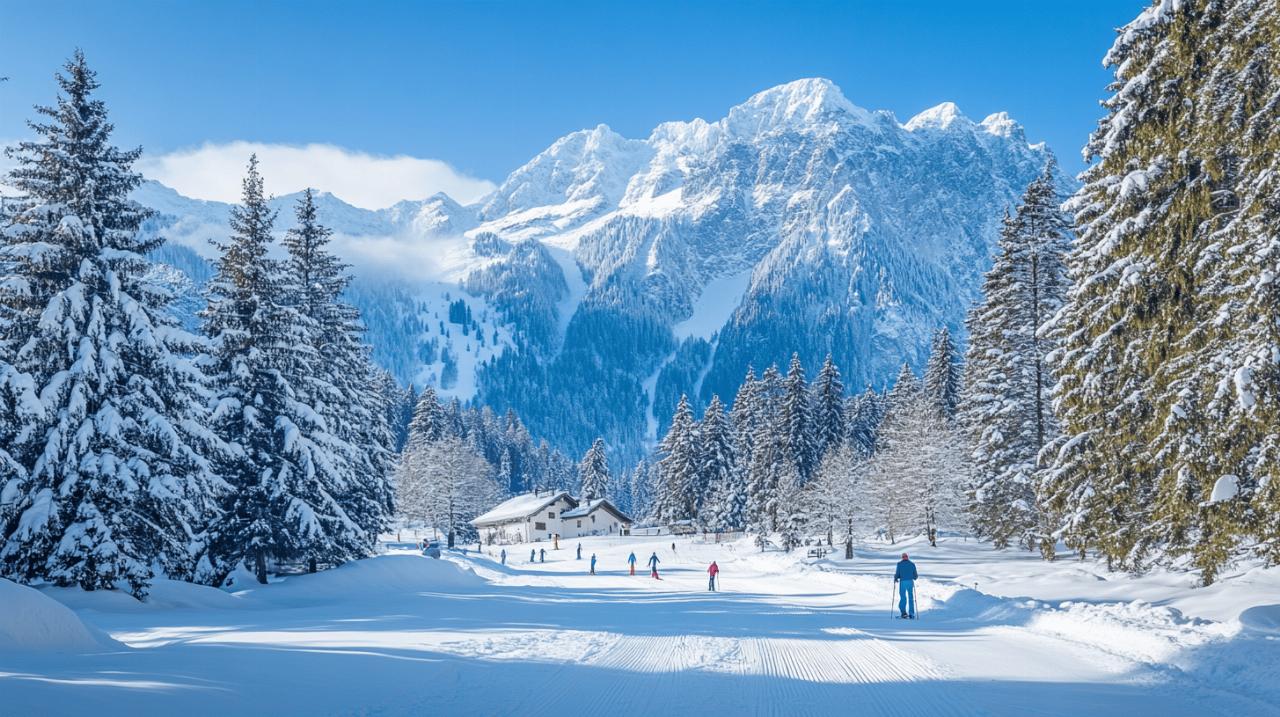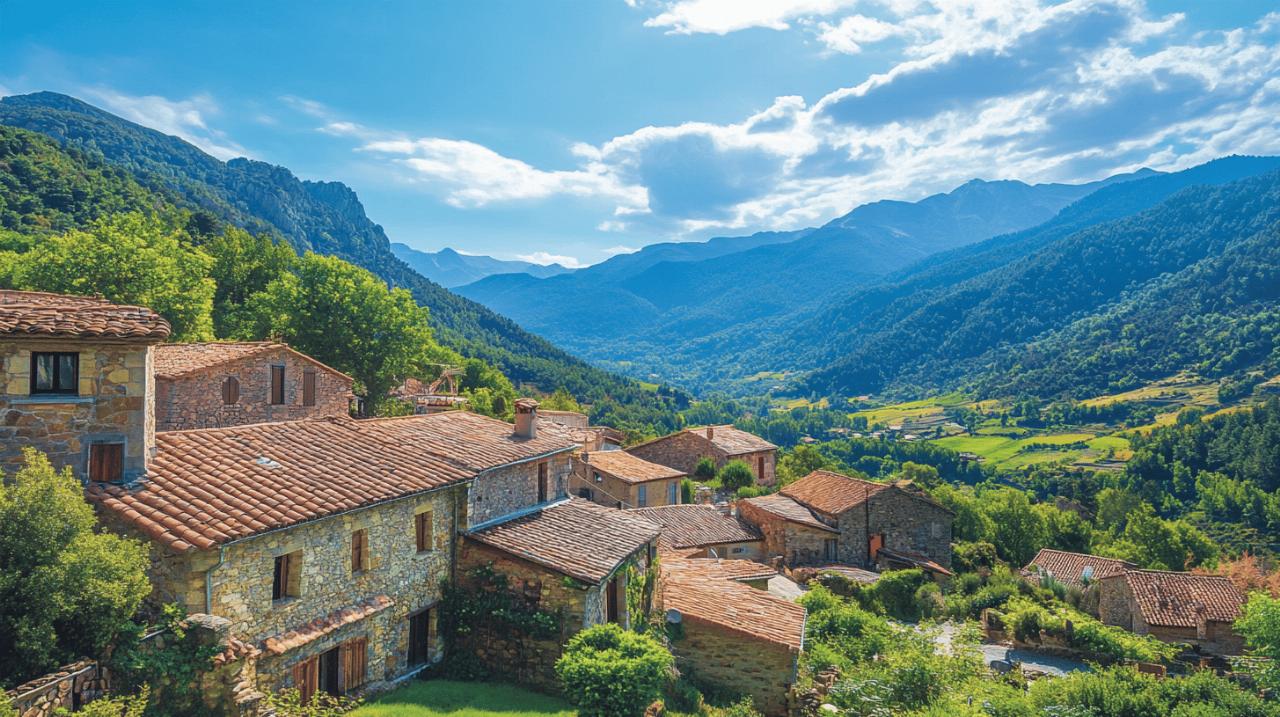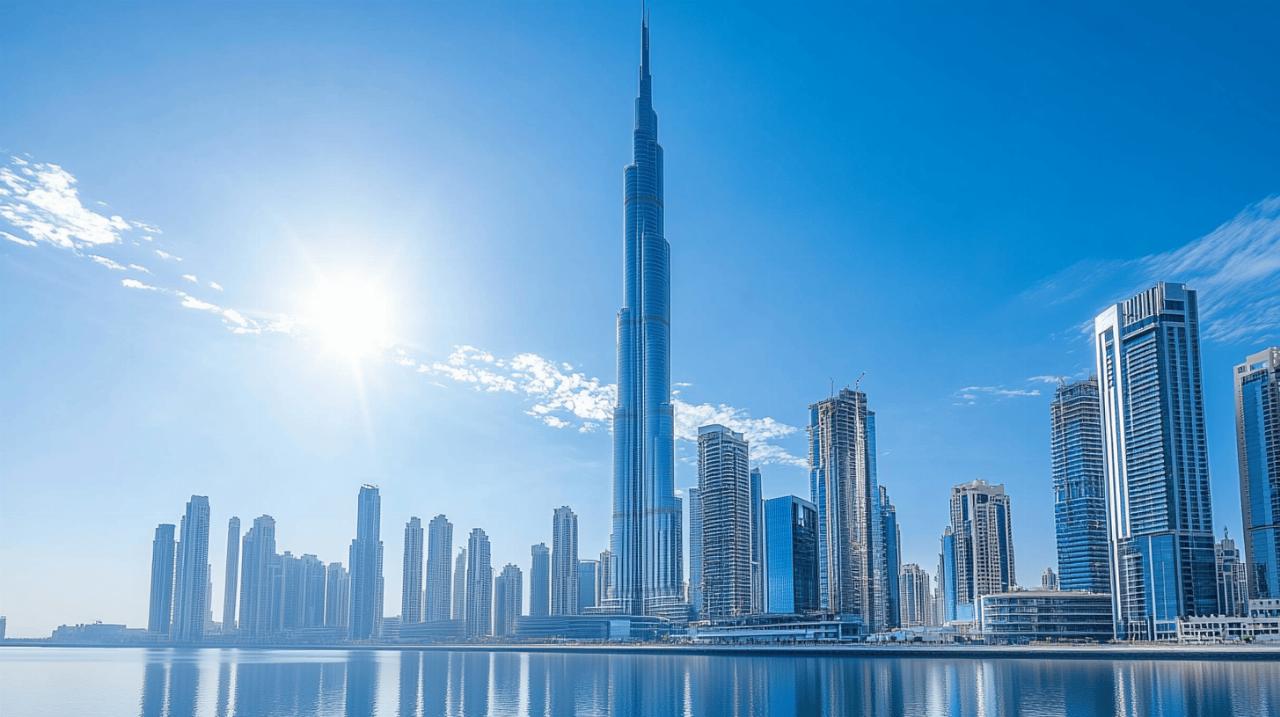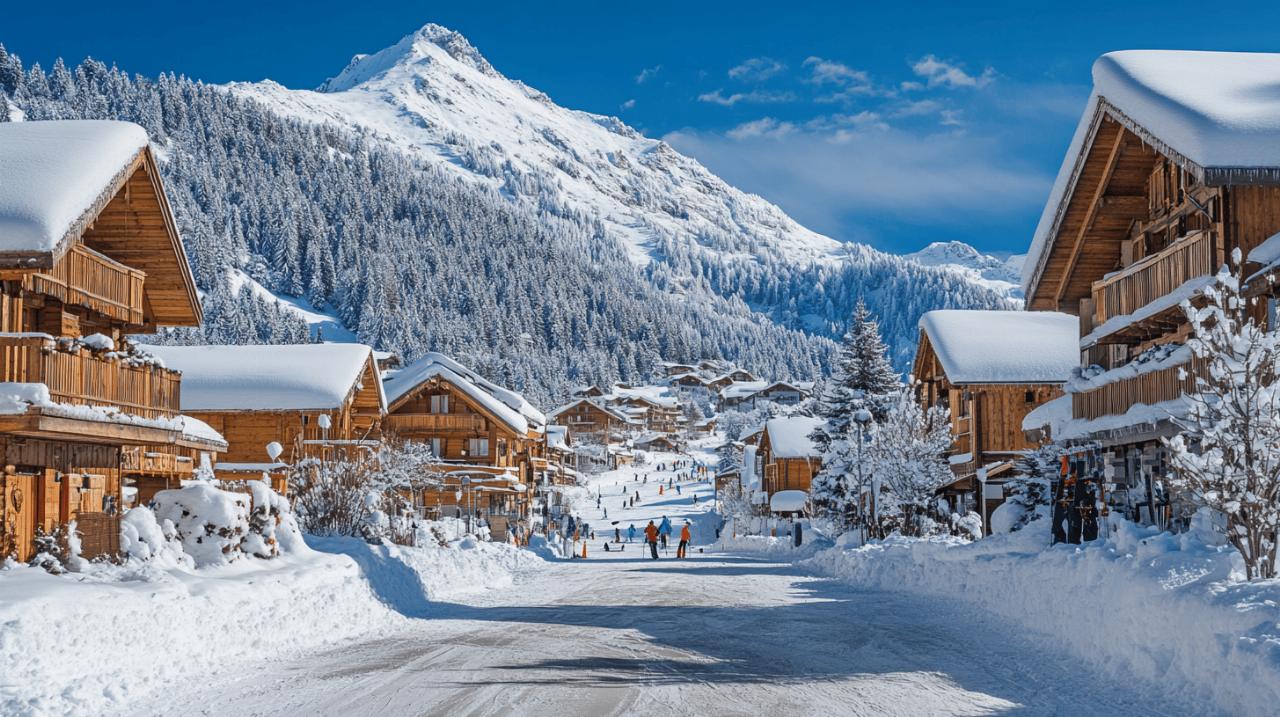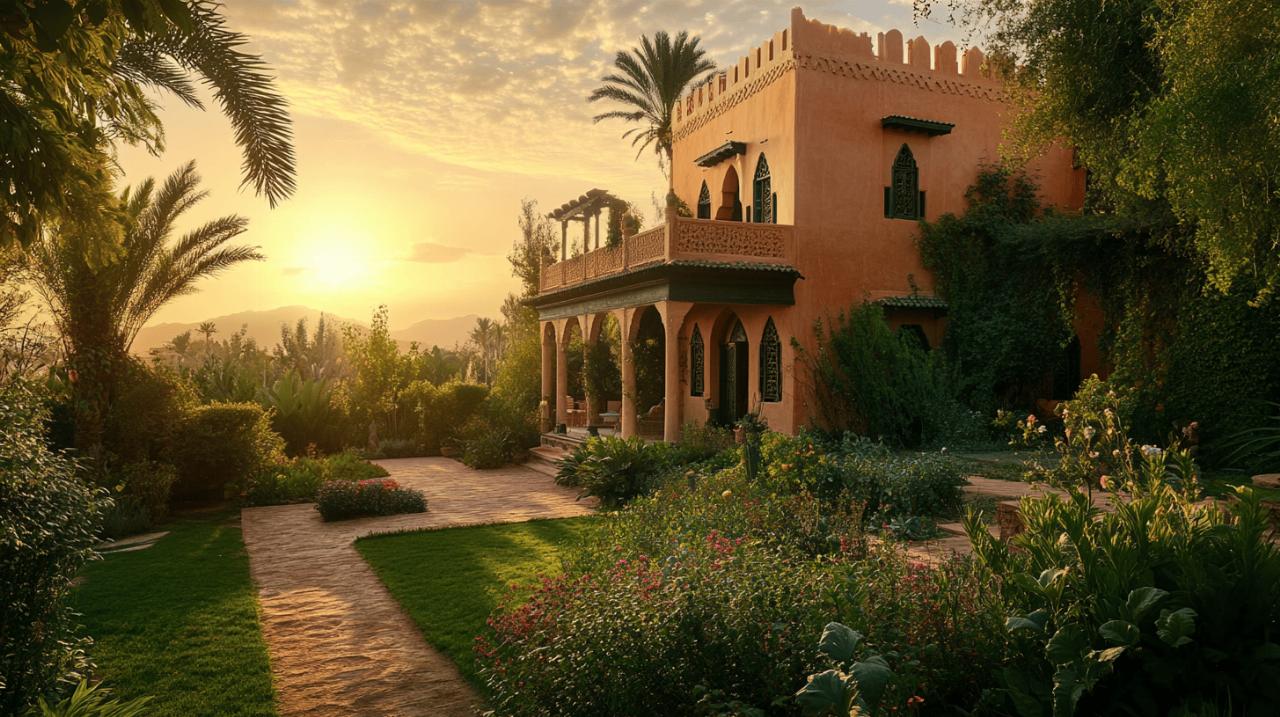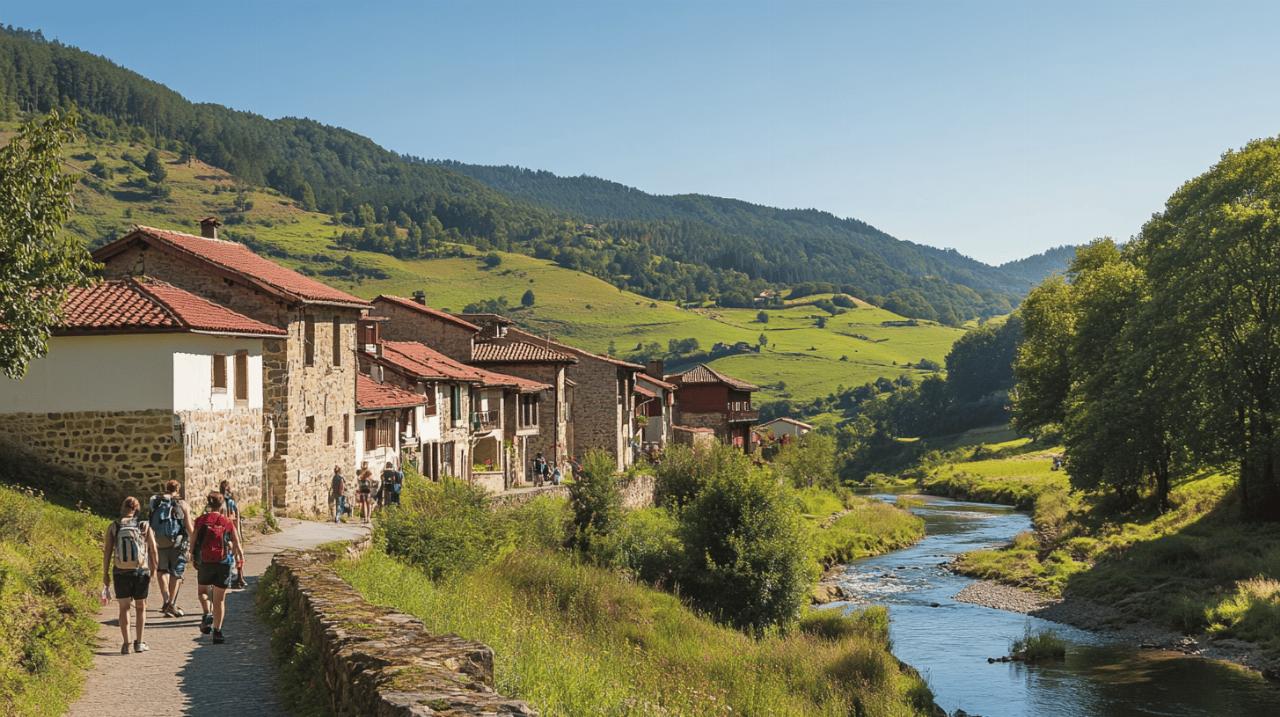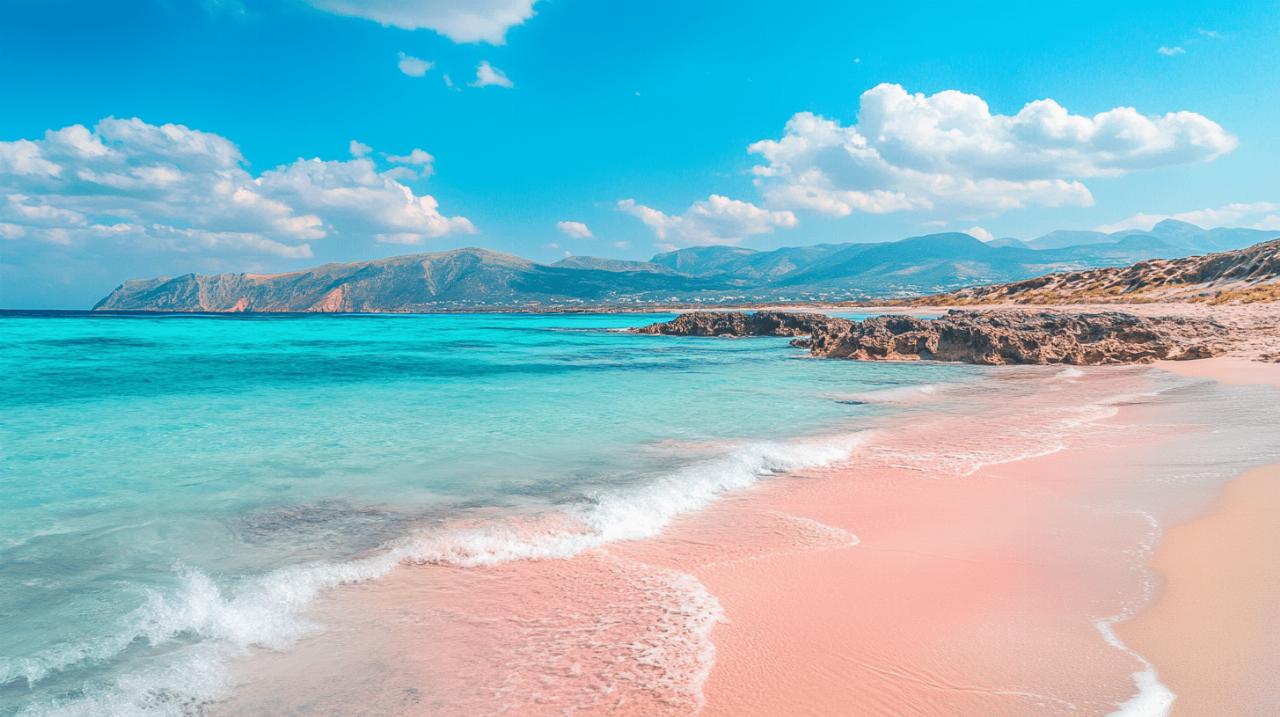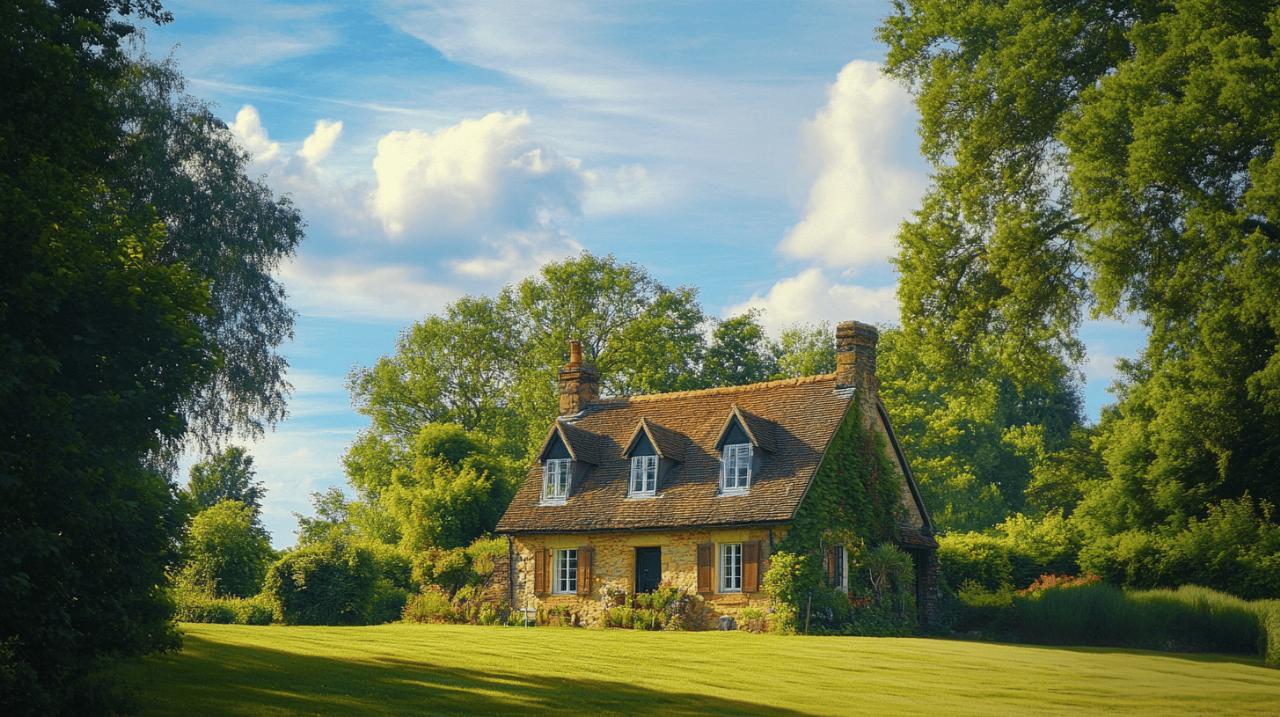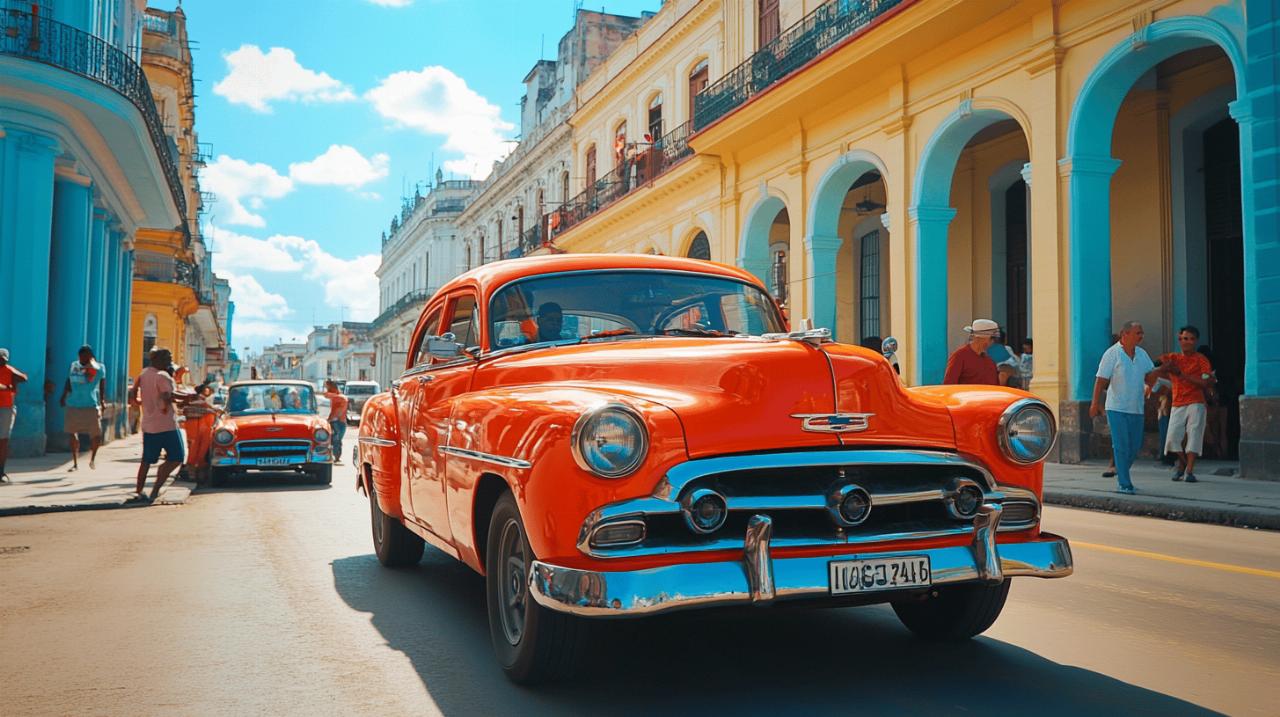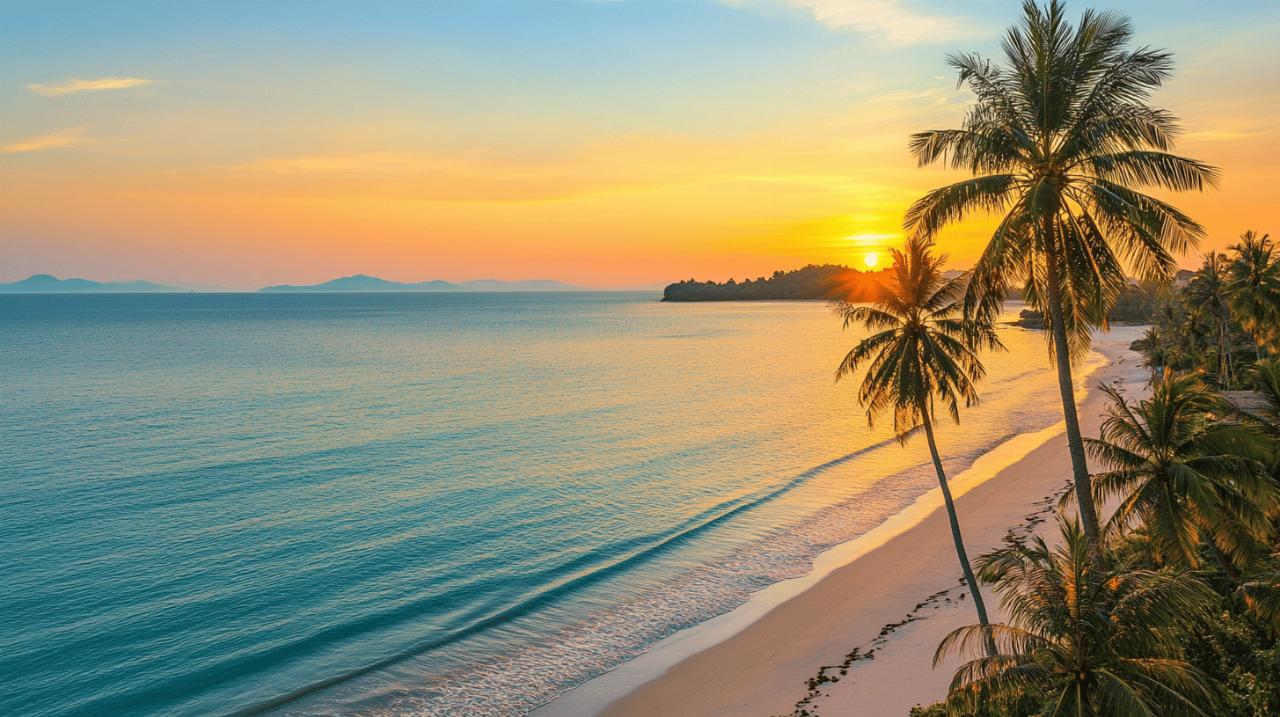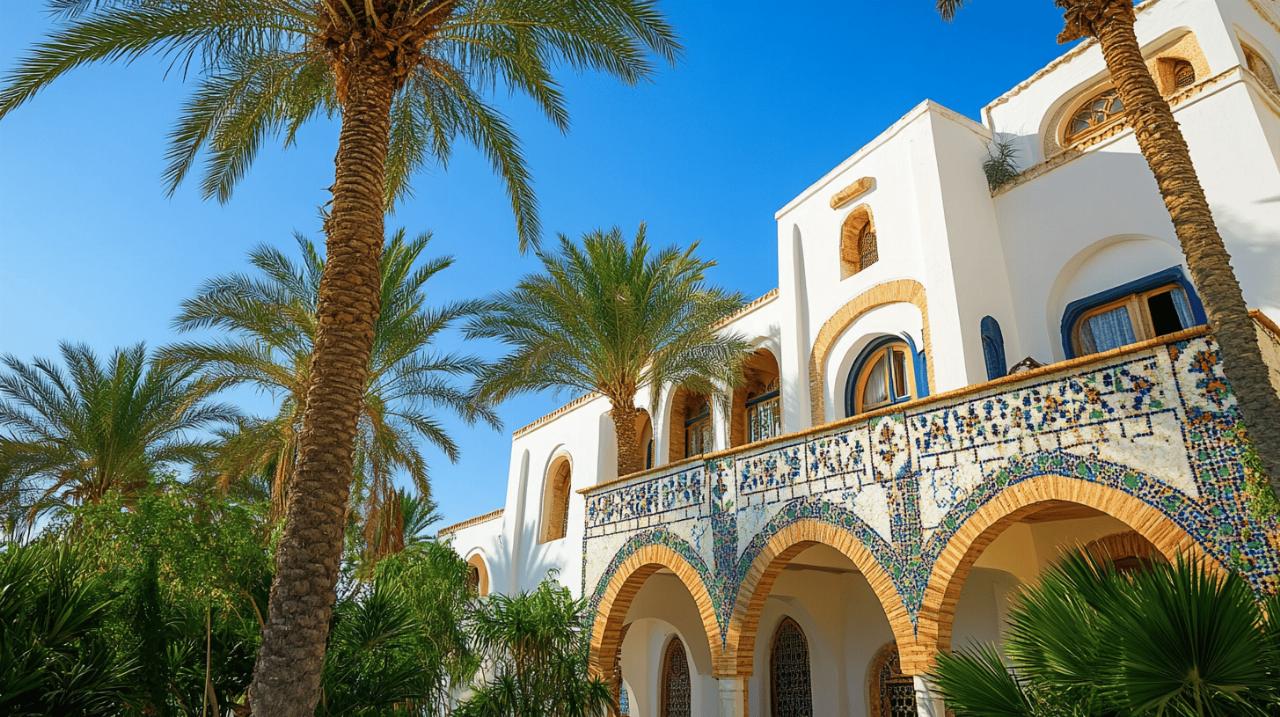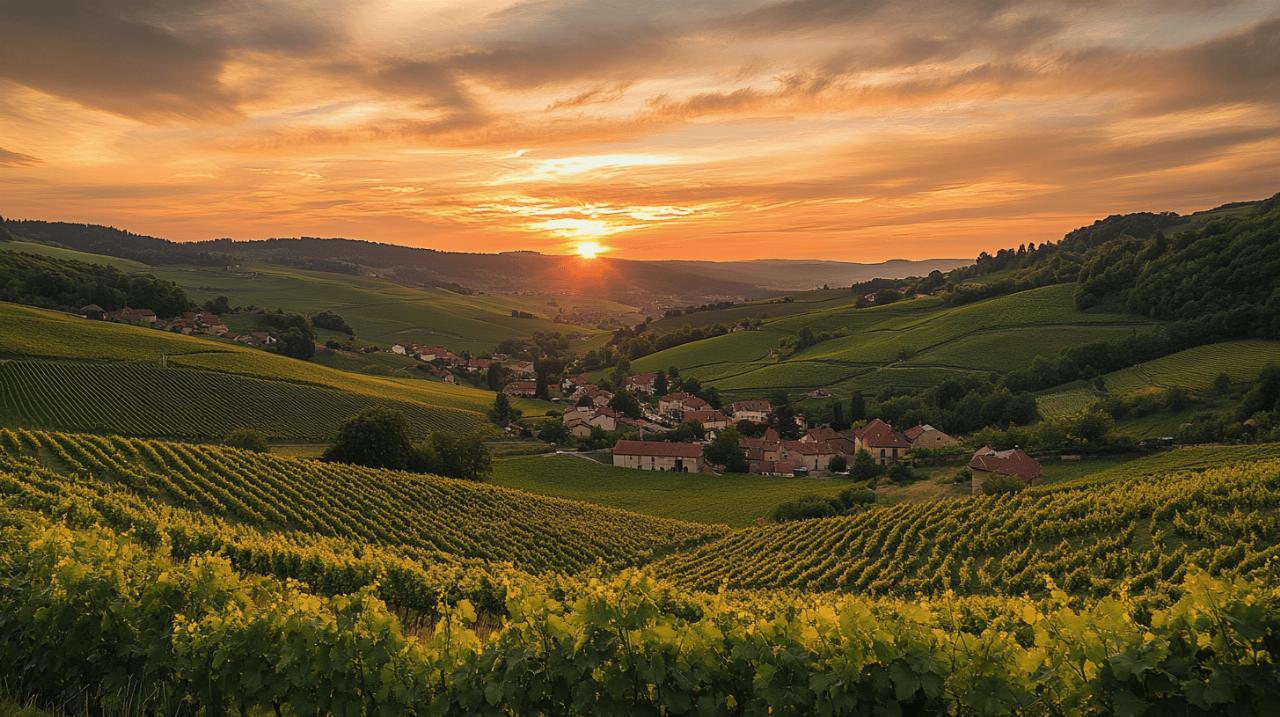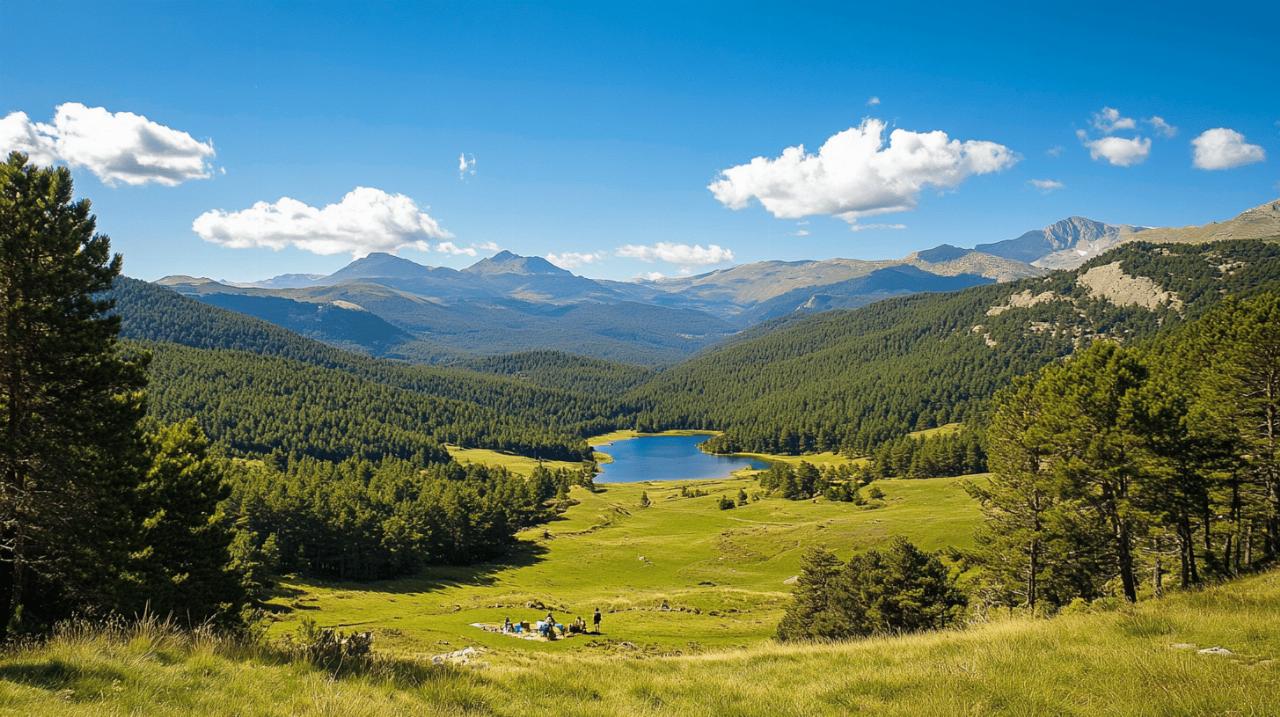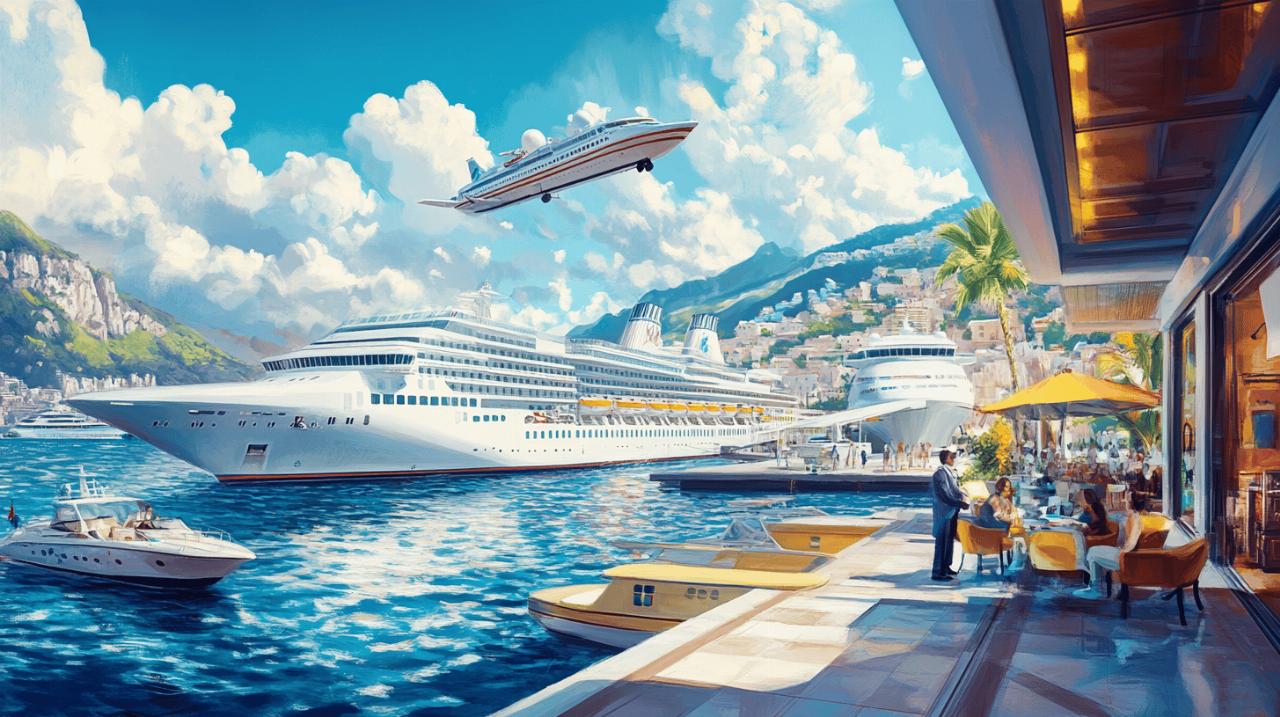Volcanoes are nature's most dramatic architects, crafting landscapes both terrifying and beautiful in equal measure. For adventure seekers with a penchant for geological wonders, there's nothing quite like the thrill of trekking across terrain formed by molten rock and witnessing the raw power of our planet's fiery heart. These active volcanic destinations offer more than just a hiking experience—they provide a glimpse into Earth's own creation process along the infamous Pacific Ring of Fire and beyond.
Mount etna, sicily: europe's most active volcanic adventure
Towering over the eastern coast of Sicily, Mount Etna stands as Europe's tallest and most active volcano. This UNESCO World Heritage site offers a dramatic backdrop for trekking enthusiasts of all abilities, with its summit reaching an impressive 11,165 feet above sea level. The volcano's frequent activity has created a constantly evolving landscape of blackened lava fields, smoking craters, and vibrant vegetation that somehow thrives in this harsh environment. The contrast between the barren volcanic slopes and the lush Sicilian countryside below creates one of the most unique hiking experiences in the world.
Walking the Lunar Landscapes of Sicily's Fiery Giant
Etna's network of trails provides access to otherworldly terrain that makes trekkers feel as though they've stepped onto another planet. The volcanic soil crunches underfoot as you navigate past ancient lava flows, some dating back centuries while others might have formed mere months ago. The higher you climb, the more the landscape transforms into a stark moonscape of ash and scorched rock. For safety reasons, guides are mandatory for ascents above 9,500 feet, as volcanic activity can change conditions rapidly. These experts not only enhance safety but enrich the experience with their knowledge of tectonic plates and the geological forces that have shaped this remarkable mountain.
Best Seasonal Routes and Safety Considerations for Etna Trekkers
Spring and autumn present the ideal conditions for hiking Mount Etna, offering milder temperatures and clearer visibility. Summer brings crowds and heat, while winter transforms the upper reaches into a challenging alpine environment requiring specialised equipment. Regardless of when you visit, proper hiking safety protocols are essential when tackling this active volcano. Sturdy boots with ankle support, layers of clothing for changing conditions, and respiratory protection for areas with sulphurous fumes are all recommended. Tour operators provide guided volcano tours ranging from gentle explorations of lower craters to challenging summit attempts. Always check current volcanic activity reports before setting out, as Etna can be unpredictable in its eruption cycles.
Pacaya volcano, guatemala: toasting marshmallows on nature's furnace
At 2,552 metres, Pacaya may not be the tallest volcano in Guatemala, but it certainly ranks among the most accessible and active in Central America. Located just a short drive from Antigua, this volcano offers a relatively moderate hiking experience with an extraordinary reward—the chance to witness glowing lava flows and even toast marshmallows over the heat emanating from volcanic vents. The volcano's constant yet generally mild activity makes it a favourite for travellers seeking their first volcanic adventure without the extreme technical challenges of more formidable peaks.
Day Treks vs Overnight Camping on Guatemala's Living Mountain
Most visitors opt for half-day excursions to Pacaya, typically taking about two hours to reach areas where thermal activity is visible. The trail winds through pine forests before opening to reveal the stark black landscape of recent lava flows. For more adventurous souls, overnight camping trips offer a truly magical experience. As darkness falls, the mountain reveals its true nature, with glowing orange cracks in the earth becoming visible and the distant rumbling of the volcano serving as nature's lullaby. Local guides are not just recommended but required by law, ensuring both safety and support through the changing volcanic terrain. Some tours even offer horseback riding for the initial portion of the trek, making this volcanic experience accessible to a wider range of fitness levels.
Witnessing red-hot lava flows up close: a proper guatemalan experience
The highlight of any Pacaya trek comes when visitors reach areas with visible thermal activity. Here, the ground radiates intense heat, and in certain spots, gaps in the rock reveal the glowing orange magma beneath. Guides know the safest viewing areas where trekkers can marvel at fresh lava flows from a secure distance. While the summit crater itself remains off-limits due to unpredictable volcanic activity, the accessible areas still provide a thrilling glimpse into the power of these geological wonders. The experience of roasting marshmallows over volcanic heat vents has become something of a tradition, offering a uniquely Guatemalan twist to the conventional hiking experience and creating memories that last far longer than the sugar rush.
Mount Bromo, Indonesia: Sunrise Hikes Across the Sea of Sand
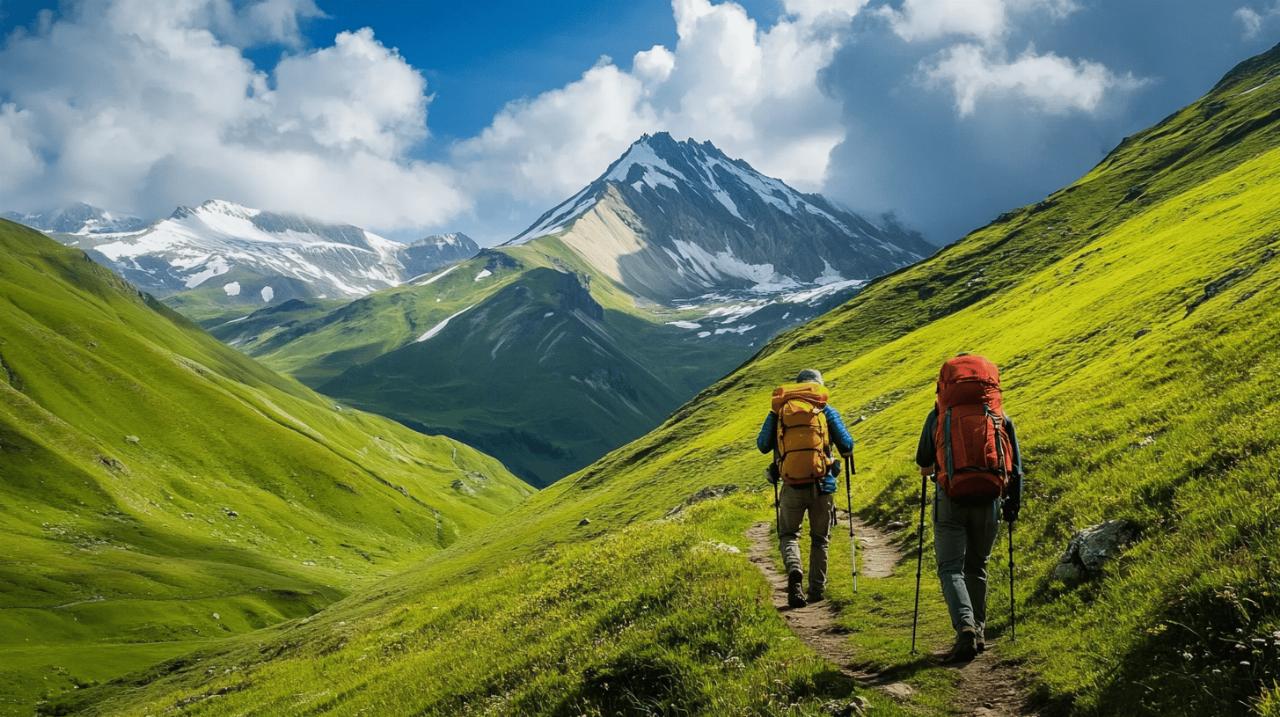 Indonesia sits squarely within the Pacific Ring of Fire, that 40,000-kilometre horseshoe-shaped belt home to 75% of the world's active volcanoes. Among its many volcanic wonders, Mount Bromo stands out for its spectacular setting within the Tengger caldera complex in East Java. The volcano itself rises to 2,329 metres, but what makes Bromo truly special is not just its height but its setting—emerging from a vast plain aptly named the 'Sea of Sand' alongside other volcanic peaks, creating one of the most photographed landscapes in Indonesia. The classic Bromo experience involves a pre-dawn hike to a viewpoint on neighbouring Mount Penanjakan to witness sunrise over this otherworldly panorama.
Indonesia sits squarely within the Pacific Ring of Fire, that 40,000-kilometre horseshoe-shaped belt home to 75% of the world's active volcanoes. Among its many volcanic wonders, Mount Bromo stands out for its spectacular setting within the Tengger caldera complex in East Java. The volcano itself rises to 2,329 metres, but what makes Bromo truly special is not just its height but its setting—emerging from a vast plain aptly named the 'Sea of Sand' alongside other volcanic peaks, creating one of the most photographed landscapes in Indonesia. The classic Bromo experience involves a pre-dawn hike to a viewpoint on neighbouring Mount Penanjakan to witness sunrise over this otherworldly panorama.
Navigating the Tengger Caldera Complex and Its Active Craters
The Bromo experience typically begins in the dark, as jeeps transport visitors across the Sea of Sand, a vast plain of fine volcanic ash. From the jeep drop-off point, hikers traverse this lunar landscape before tackling the 253 concrete steps that lead to the rim of Bromo's crater. Standing at the edge, visitors can peer into the active crater with its billowing sulphurous steam, listening to the rumbling sounds from within the earth. The volcano last erupted in 2016, and signs of its ongoing activity are evident in the plumes constantly rising from its crater. The wider Tengger Caldera offers multiple hiking routes of varying difficulty, allowing visitors to explore several volcanic features in a single trip. The stark contrast between the barren volcanic landscape and the lush surrounding countryside showcases the dramatic impact these geological forces have on the environment.
Cultural Significance of Bromo to Local Communities and Annual Ceremonies
Mount Bromo holds profound cultural importance for the Tengger people, who inhabit villages scattered around the caldera. These Hindu communities consider the volcano sacred, believing it to be a site where their ancestors made the ultimate sacrifice to save their children. Each year during the Yadnya Kasada festival, they gather to throw offerings of vegetables, livestock, and money into the crater to appease the mountain gods and ensure good harvests. Trekking Bromo offers not just spectacular landscapes but also insight into how volcanic forces shape both the physical environment and the cultural practices of those who live in their shadow. Visitors hiking during this festival period witness a remarkable blend of natural wonder and cultural heritage that adds another dimension to the volcanic experience.
Kilauea, hawaii: traversing the pacific's molten masterpiece
Hawaii's Kilauea stands as one of the world's most active volcanoes, continuously reshaping the Big Island's landscape since its current eruptive phase began in 1983. At 1,247 metres elevation, what Kilauea lacks in height, it makes up for in persistent volcanic activity and accessibility. Located within Hawaii Volcanoes National Park, this shield volcano offers visitors front-row seats to the Earth's creative processes, with opportunities to witness active lava flows, steaming vents, and dramatic landscape transformations. The most recent eruption began in December 2024, adding new features to an already dynamic hiking destination.
The ever-changing trails of hawaii volcanoes national park
Hawaii Volcanoes National Park boasts an extensive network of trails that showcase different aspects of Kilauea's volcanic activity and varied ecosystems. The popular Kīlauea Iki trail stretches 3.2 miles through a rainforest before descending to cross a solidified lava lake that erupted in 1959. Hikers traverse this once-molten surface, now cracked and textured like elephant skin, with steam still rising from vents—a reminder of the heat that remains below. The 11-mile Crater Rim Trail provides views into the main caldera, though sections may close depending on current volcanic activity and sulphur dioxide levels. What makes hiking Kilauea truly unique is how the available trails constantly evolve with the volcano's activity, ensuring that even repeat visitors experience something new each time they return.
Night hikes and glowing spectacles: photographing kilauea's eruptions
While daytime hikes offer stunning views of the volcanic landscape, Kilauea truly reveals its magic after dark. Guided night hikes provide opportunities to witness the mesmerising glow of active lava against the night sky—a photographer's dream and a visceral reminder of the living nature of our planet. During active eruption periods, the park may offer special viewing areas where visitors can safely observe lava flows. The interplay of light and shadow creates dramatic scenes as molten rock breaks through the black crust to reveal its glowing orange interior. Photographers should come prepared with tripods for long exposures and telephoto lenses to capture distant eruption details. Beyond the technical aspects, capturing Kilauea's power requires patience and respect for both the natural forces at work and the cultural significance these volcanic processes hold for native Hawaiians, who consider Kilauea the home of Pele, the goddess of fire.

